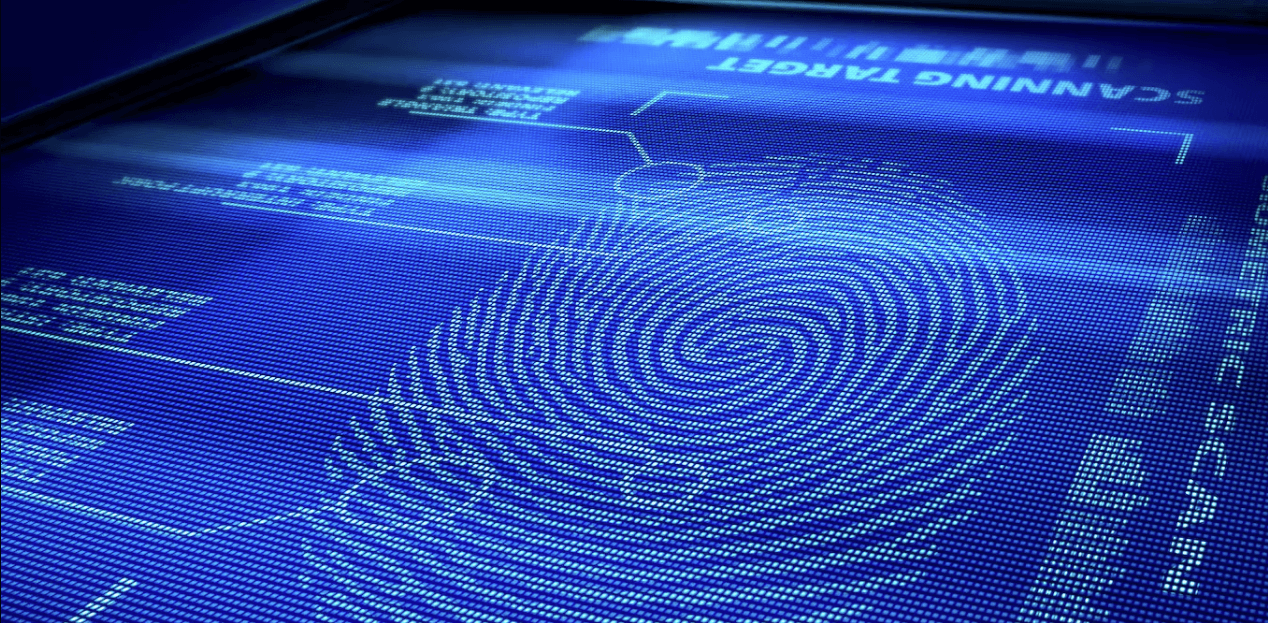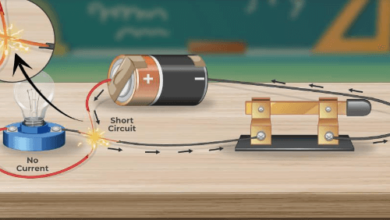How Long Do Fingerprints Last? The Science Behind Fingerprint Durability

Have you ever wondered how long fingerprints last? You might think that they disappear quickly, but the truth is that they can stick around for quite some time. Fingerprint durability has fascinated scientists and investigators for decades, as it plays a crucial role in solving many crimes. In this blog post, we’ll explore the science behind fingerprint durability and answer the question: How long do fingerprints last? So buckle up and get ready to learn more about one of nature’s most intriguing mysteries!
What are fingerprints?
Fingerprints are unique ridges and valleys on the skin of our fingers, palms, and toes. They form before we are born and remain unchanged throughout our lives. No two people have the same fingerprints, which is why they have become an essential tool in identifying individuals.
The patterns formed by fingerprints come in three main types: whorls, loops, and arches. Whorls look like circular or spiral shapes; loops curve back on themselves; arches resemble a hill or wave shape.
These patterns help forensic investigators to identify suspects at crime scenes as they leave behind their prints on surfaces that can be used for evidence. The study of fingerprints has been around for centuries but became widely accepted only after Sir Francis Galton’s book “Fingerprints” was published in 1892.
How long do fingerprints last?
Fingerprints are unique and permanent markings on the skin’s surface that we leave behind when touching an object. They have been used as a form of identification for over a century, and it is commonly believed that they last forever. However, this is not necessarily true.
The lifespan of how long do fingerprints last varies depending on various factors such as the surface where they are deposited, the environment in which they exist, and whether or not they were intentionally removed.
On non-porous surfaces like glass or metal, fingerprints can last indefinitely unless wiped away or damaged by external forces. On porous surfaces like paper or fabric, however, fingerprints tend to fade over time due to natural processes such as evaporation and oxidation.
Environmental conditions also play a role in fingerprint durability. High humidity levels can accelerate fingerprint fading while extreme heat or cold can cause damage to the skin’s ridges.
Moreover, intentional removal of fingerprints through chemical means like bleach or acid can result in their complete disappearance.
The science behind fingerprint durability
They can be used to identify individuals in criminal investigations, employment background checks, and more. But how long do fingerprints last? The answer lies in the science behind fingerprint durability.
Firstly, it’s important to understand that fingerprints consist of sweat, oils, and other biological materials left on surfaces when we touch them. Over time, these substances can degrade due to environmental factors such as exposure to heat or moisture.
However, even after years have passed since a fingerprint was left behind, it may still be possible to recover it using specialized techniques like dusting for prints or lifting them with adhesive tape. This is because the ridges and valleys that make up a fingerprint pattern are relatively resistant to wear and tear compared to the surrounding material.
Moreover, studies have shown that certain conditions can actually increase the longevity of fingerprints by preserving their underlying features. For example, if a print is left on a surface coated with oil or grease – like an engine part – then it may remain visible for much longer than if it were left on a clean surface.
In summary, while there isn’t one definitive answer as to how long fingerprints last in all circumstances; understanding the science behind their durability gives investigators an idea of what they’re dealing with when trying to lift prints from crime scenes or other surfaces.
What factors affect fingerprint durability?
Several factors can affect how long fingerprints last. One of the most significant is the surface on which they are deposited. Porous surfaces tend to absorb oils and other substances that make up fingerprints, making them less durable over time. On the other hand, non-porous surfaces like glass or plastic preserve fingerprints better.
The environment also plays a crucial role in fingerprint durability. Exposure to heat, light, and humidity can all cause prints to deteriorate faster than usual. For example, if someone leaves their fingerprint on a metal object under direct sunlight for an extended period, it may fade or blur within days.
Another essential factor that affects fingerprint durability is the quality of the print itself. A clear and well-formed print will typically last longer than a smudged or partial one due to its greater visibility and more defined features.
Human intervention such as cleaning or wiping off fingerprints from surfaces can affect their longevity too. Chemicals used during cleaning processes might damage prints beyond recovery or remove them permanently. Read more…
Several variables impact how long fingerprints will last before fading away completely into oblivion!
Conclusion
To sum it up, fingerprints are unique patterns that are formed by the ridges on our fingers. They can be found on various surfaces and can last for different periods depending on several factors such as the surface type, environmental conditions, and how they were deposited.
Thanks to advancements in forensic science, finger have become a vital tool in solving crimes. However, it is essential to note that print durability varies from person to person and situation to situation.
Understanding how fingerprints last is crucial when dealing with criminal investigations or even just trying to protect one’s privacy. With this knowledge, we can appreciate the significance of our fingerprints’ uniqueness while also being aware of their limitations.






